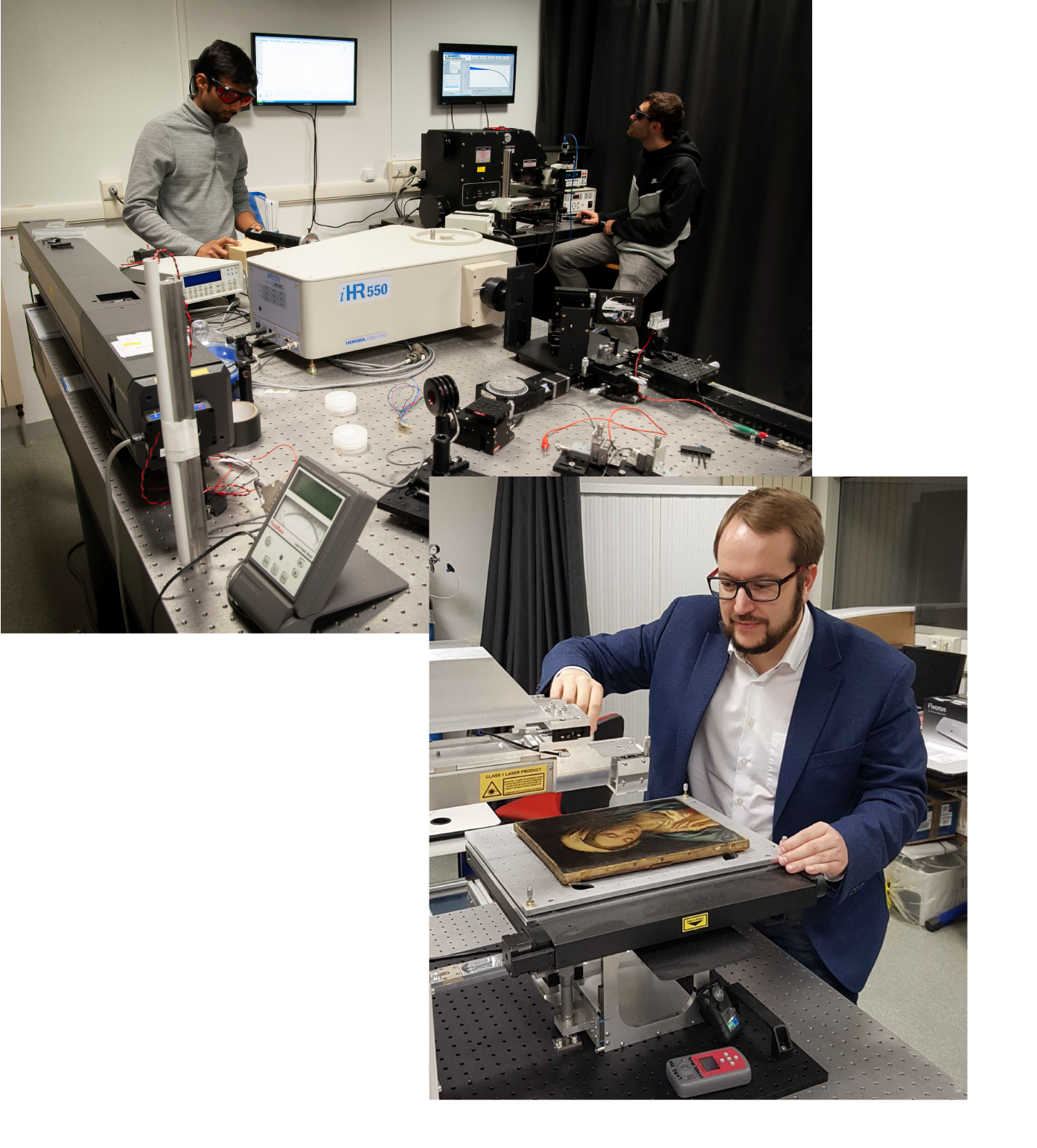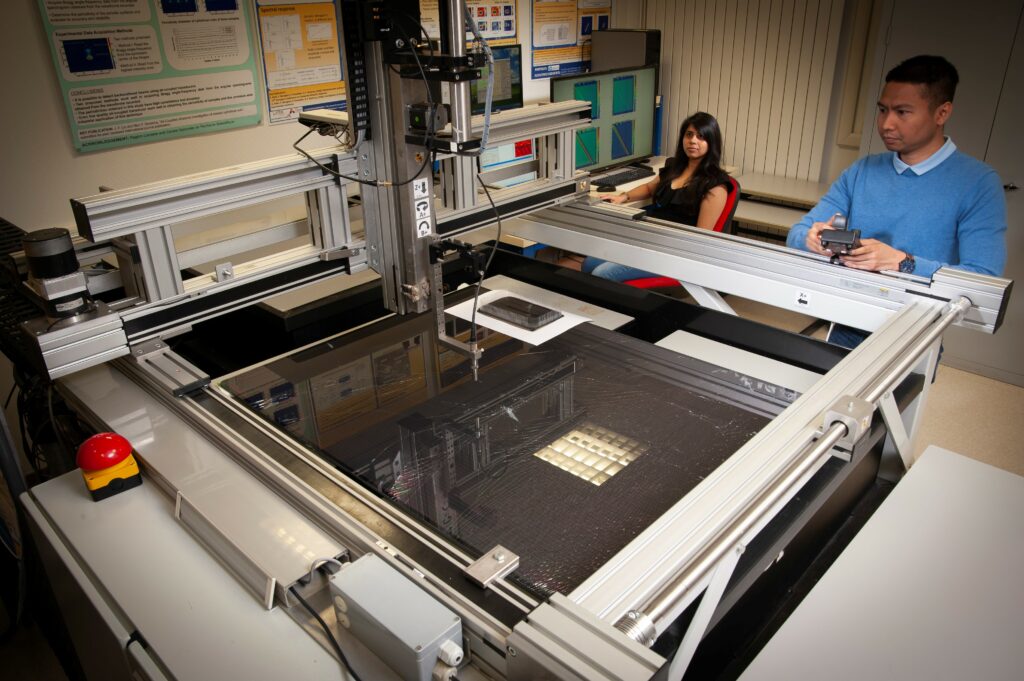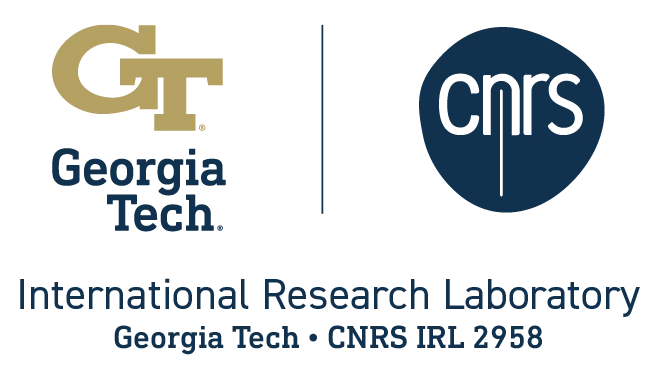The true strengths of the IRL lie in the people who have created the dynamic international work environment that defines the IRL. It is our talented researchers, students, and highly committed staff that enable us to reach significant milestones.
The IRL GT-CNRS operates a total of 10 laboratory spaces across two locations, Metz and Atlanta. These laboratories specialize in diverse fields, including nonlinear dynamics, secure networks, nanomaterials for electronics, multi-scale modelling, non-destructive evaluation using THz and acoustic techniques, and robotics.
IRL researchers are deeply involved in fundamental and applied research programs through national agencies, European programs, and industrial contracts.
IRL researchers are currently working on:
- 5 projects funded by the European Commission
- 13 projects funded by the ANR
- 3 projects funded by the NSF
- 5 projects funded by the local authority
for a total amount of 6M€.
The IRL has a strong research network. It is involved in the LABEX GANEXT which has a national scope and bringing a network of French laboratories working on a common theme, the element III nitrides (BAlInGaN) whose emblematic representative is GaN. It is also involved in the LABEX DAMAS which develops experimental and theoretical activities, combining solid mechanics, metallurgy, materials science, chemistry and physics. The IRL belongs also to the Institut Carnot ARTS (Actions de Recherche pour la Technologie et la Santé) which brings all the research labs (23) from or associated to ENSAM in order to meet the challenges of designing, industrializing and manufacturing complex and innovative products.

The IRL has joined two GDR (Groupement de Recherche) and one RT (Réseau Technologique) funded by CNRS: GDR NanoTeraMIR (Nanodispositifs pour le THz et moyen infra-rouge), GDR HOWDI (Low dimensional van der Walls heterostructures), and RT Sensors for environment. The main objective of the NanoTeraMIR research group is to create links and exchanges between the various French research actors in the fields of THz and MIR frequencies and in nanoscience and nanotechnology. The ambition of the GDR HOWDI is to bring together a large number of research labs working in the field of atomic-scale assembly of 2D materials. This RT Sensors for environment focuses on the development, in situ installation/deployment of sensors, autonomous or interconnected (wireless or wired) environmental recorders as well as the transfer of data, its potential processing (offline or online, particularly via embedded artificial intelligence (AI) algorithms).
Finally, the IRL takes also advantage of the strong partnership of Georgia Tech Europe with the University of Lorraine. It is involved in the LUE iSite program.




